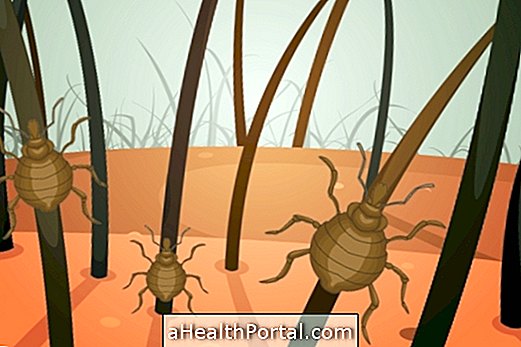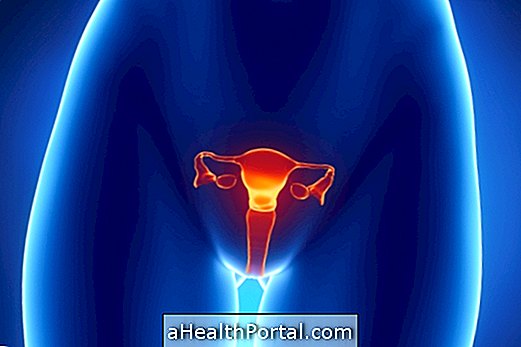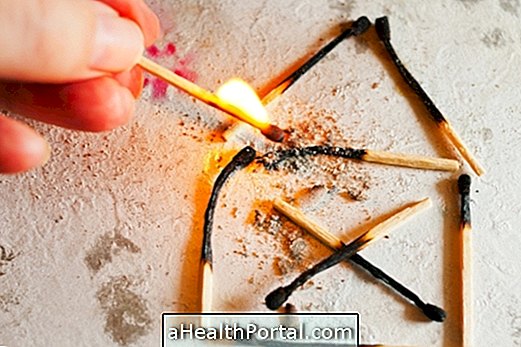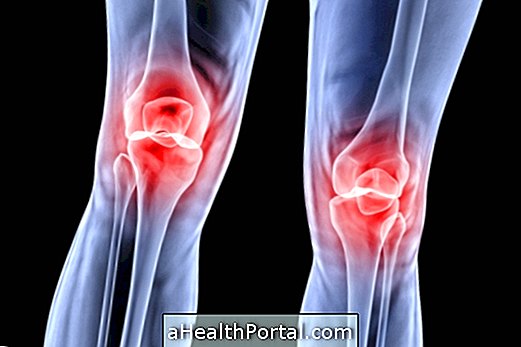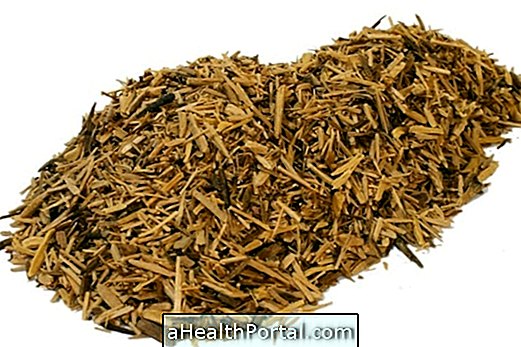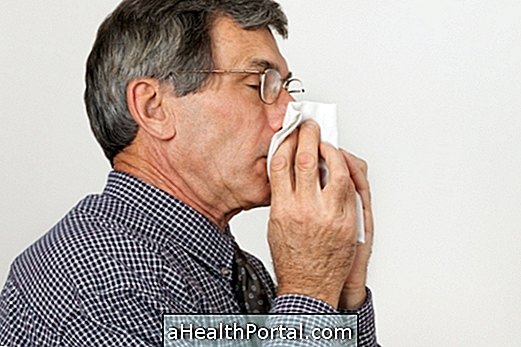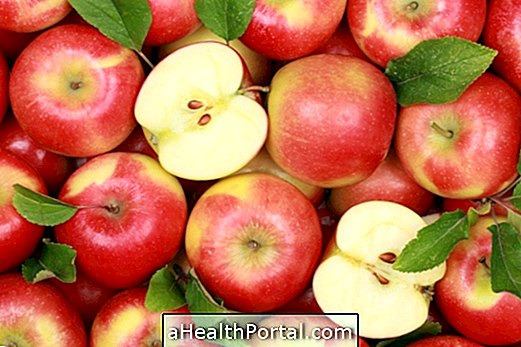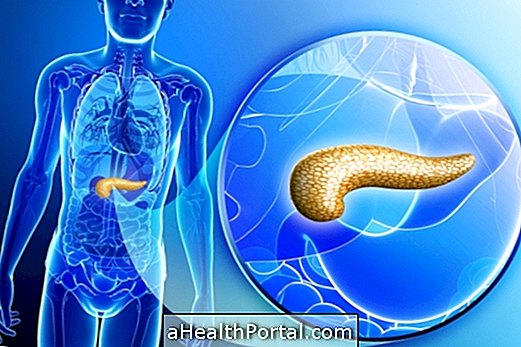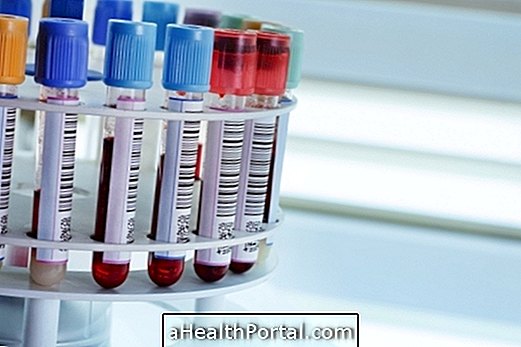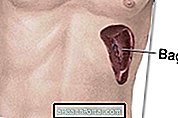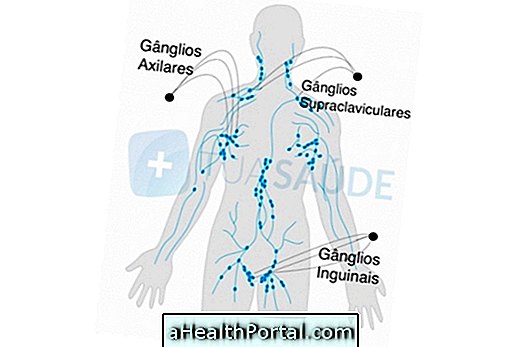The presence of several small cysts in the ovaries occurs due to hormonal disorders that increase the concentration of testosterone in the woman's bloodstream, causing problems such as irregular menstruation and difficulty getting pregnant.
The first signs of this problem usually begin to manifest in adolescence, but may arise even before the first menstruation and endure for life if not properly monitored and treated by the gynecologist.
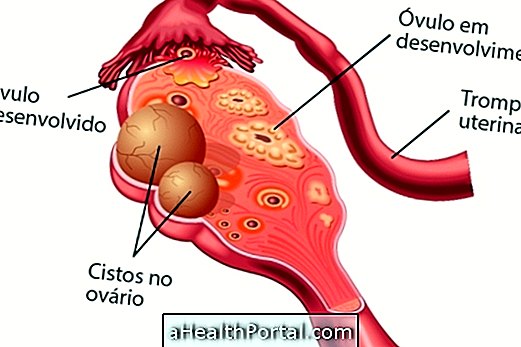
Therefore, the presence of at least 2 or 3 of the following symptoms may indicate the presence of Polycystic Ovarian Syndrome:
- Irregular menstruation or absence of menstruation for several months;
- Weight gain, ease in gaining weight and obesity;
- Increased amount of hair in the body including chest, face and breasts;
- Appearance of acne;
- Weakening of wires and hair loss;
- Fertility problems and difficulty getting pregnant;
- Clitoral enlargement (rare);
- Delay in breast development.
In addition, this problem also causes increased ovary size and insulin resistance, which is a lower tolerance to carbohydrates, increasing the risk of diabetes. See more in: 7 Questions about Polycystic ovary.
When to go to the doctor
In the presence of two or more of these symptoms without other diseases or problems that may cause these changes, consult your gynecologist for tests that evaluate the health of the ovaries, such as ultrasonography and blood tests.
In most cases, vigilance is only necessary to ensure that the cyst does not increase. However, in some cases the contraceptive pill may be used to regularize menstruation and excess hair, and other medications may be indicated to stimulate ovulation and increase the chances of becoming pregnant.
Treatment for polycystic ovary
Treatment for polycystic ovary should be guided by a gynecologist and usually varies according to the woman's symptoms, such as irregular menstrual cycle, infertility or excessive hair growth, for example.
Thus, treatment can be done with:
- Treatment for irregular menstrual cycle and acne: made only with the use of the contraceptive pill, as it will decrease the production of testosterone and regulate menstruation and reduce the appearance of pimples;
- Pregnancy Treatment: It can be done by taking a medicine that stimulates ovulation, such as Clomiphene or Metromorph, increasing the chances of a woman getting pregnant. Here's how to increase your chances in: How to get pregnant fast.
- Treatment for excessive hair growth: Medications, such as Flutamide, or birth control pills, such as Diane 35, are used to reduce the number of male hormones in the body and reduce hair growth.
Another treatment option, usually used in the most serious cases, is surgery to remove the cysts or even the ovaries to decrease the risk of developing cancer in the endometrium. Here's how the surgery is done: When surgery for ovarian removal is indicated.
In addition, it is very important to complete the treatment with regular exercise and a balanced diet to maintain the ideal weight, reducing the symptoms of the polycystic ovary.
Natural treatment for polycystic ovary
A great natural treatment for polycystic ovary is yellow uxi tea and cat's claw. This home remedy can be made with 1 tablespoon of yellow uxi and cat's claw and half a liter of water for each tea. Yellow uxi tea should be drunk in the morning and afternoon tea. Here's how to prepare this tea in: Home remedy for polycystic ovary.
Learn how feeding can help fight symptoms and ease pregnancy with nutritionist Tatiana Zanin:

Signs of polycystic ovary improvement
Signs of polycystic ovary improvement appear about 3 to 4 weeks after the start of treatment and include decreased hair growth, regulated menstrual cycle and reduction of acne, for example.
Signs of worsening of the polycystic ovary
Signs of worsening of the polycystic ovary are more frequent when treatment is not done properly and include increased blood pressure, excessive body weight gain and abdominal pain.


